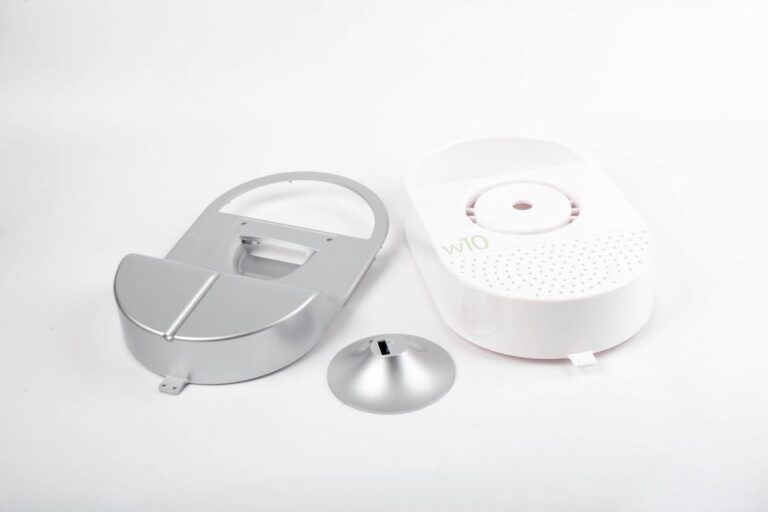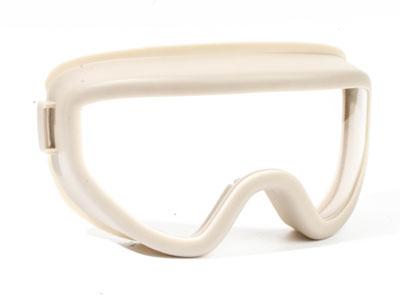
Name: Auto lamp rapid prototyping
Industry/Classification: Automotive
Processing method: CNC plastic processing
Material used: ABS
Maximum precision: 0.05mm
Production cycle: 2~3 days
Product size: 25cm*20cm*18cm
Post-processing: deburring
Case Introduction
Lamp rapid prototyping usually refers to the prototype models produced during the R&D and design stages of automotive lamps. rapid prototyping (or prototypes) are samples that are used to validate the design concepts, functional implementation, aesthetics, and for various tests during the product development process. The process of rapid prototyping for headlights may include the following steps:
Design
The design of the lamp is carried out using CAD software to ensure that it meets the functional requirements, aesthetics and fit with the vehicle.
MATERIAL SELECTION
According to the type of rapid prototyping needed (e.g., exterior model, structural model, or functional model), select the appropriate material, such as plastic materials like ABS, PC, acrylic (PMMA), nylon, or metal materials like aluminum alloy.
rapid prototyping processing
Rapid prototyping: Use rapid prototyping technology (e.g. 3D printing, CNC machining, laser cutting, etc.) to create a preliminary model of the headlight. For complex headlight shapes, high-precision 3D printing techniques such as SLA, SLS or Multi-Jet Deposition Modeling (MJDM) may be required.
Post-processing: After rapid prototyping, the model usually requires post-processing work such as sanding, polishing, and painting to obtain a more accurate and aesthetic appearance. In some cases, a transparent or semi-transparent treatment may be required to simulate the lens effect of a real headlight.
Assembly and Testing: The light panels are mounted on the vehicle for fit and function testing. These tests may include optical performance tests such as light range, brightness, color temperature, and so on.
Evaluation and Iteration: The rapid prototyping is evaluated based on the test results, and if problems or deficiencies are found, the design is modified and the rapid prototyping is re-produced. This process may be repeated several times until the product is at a satisfactory level.
Final Confirmation: When the lamp rapid prototyping passes all the necessary tests and meets the design requirements, it is ready for the next stage of production preparation, such as mold making preparation.
Lamp rapid prototyping is a crucial part of the process, which helps designers and engineers to identify potential problems and ensure the quality and performance of the final product before actual production.







